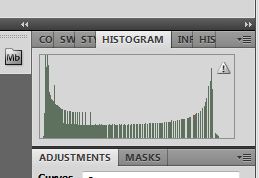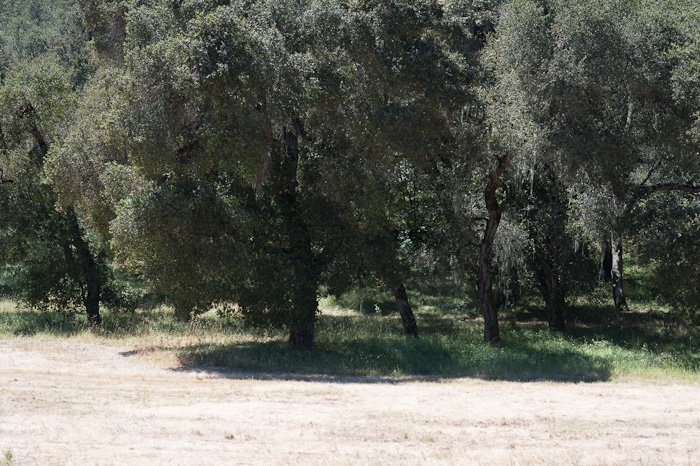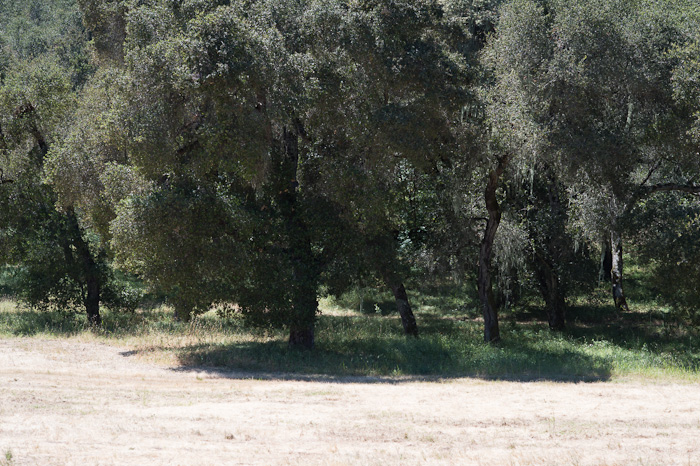When I’m editing the slit scan pictures, I often res down a 60,000 x 6000 pixel image to a 6000 x 6000 one, compressing the time axis. I’ve not found an appropriate resolution changing tool, nor have I found a good Photoshop filter to do the averaging of 10 or so pixels in only one… [Read More]
Archives for 2012
ETTR in perspective
As we’ve seen in the previous posts and in one comment thread, the main reason – some say the only reason – to use the expose-to-the-right method is to achieve minimum noise. If you’re using an iPhone, that’s important all the time. With a point and shoot camera, it’s important most of the time. With… [Read More]
Histogram depopulation in image editing, part 6
Back in post 1 of this histogram depopulation screed, I promised you a look at why Photoshop sometimes makes it look like there’s histogram depopulation even when there’s not. The Adobe folks want to make Photoshop perform snappily. Therefore, they take some shortcuts with some calculations, thinking that you’ll probably prefer a quick look at… [Read More]
Headroom in ETTR exposures
It was clear in the previous post that a two-stop overexposure using expose-to-the-right (ETTR) was not recoverable. Is there enough headroom in the Lightroom/D4 pair for a one-stop overexposure? Let’s find out. Here it the correctly-exposed image and its histogram: Here is a one-stop over image and its histogram: Here’s what I could do in… [Read More]
Histogram depopulation in image editing, part 5
Since this is a discussion that started out to be about raw image processing, it’s reasonable to ask what happens to the 14 bit images typically used in this workflow. At this point, I will switch from synthetic images to real photographic ones, with a Nikon D4 as the test bed. I set the camera… [Read More]
- « Previous Page
- 1
- …
- 18
- 19
- 20
- 21
- 22
- …
- 35
- Next Page »


